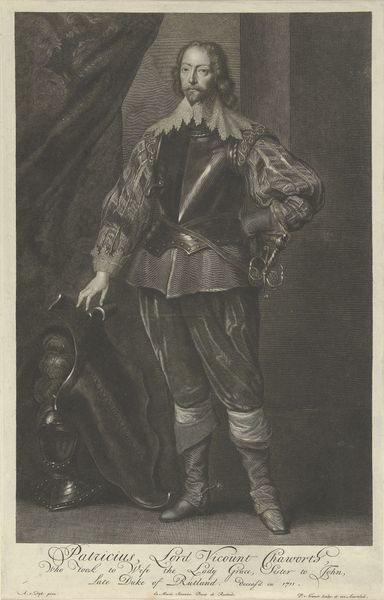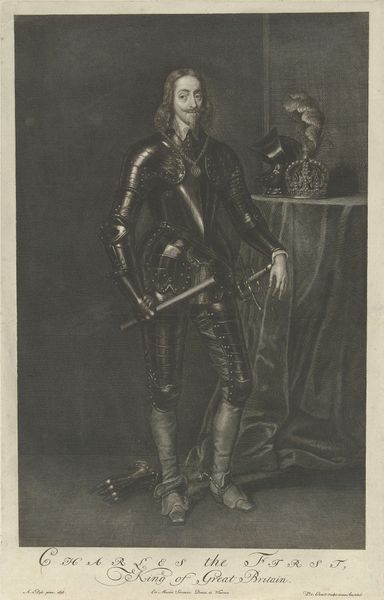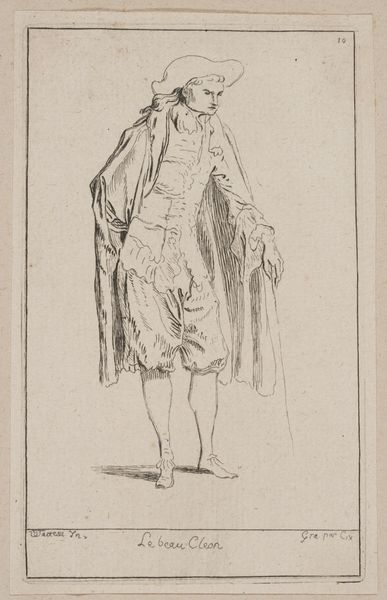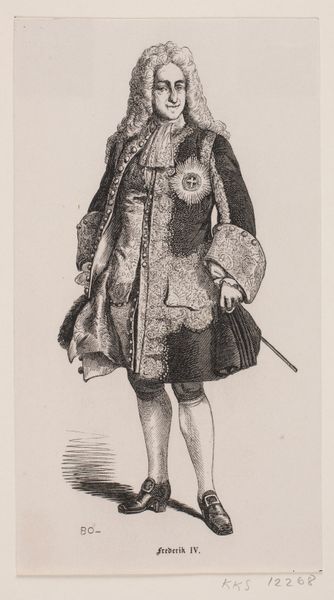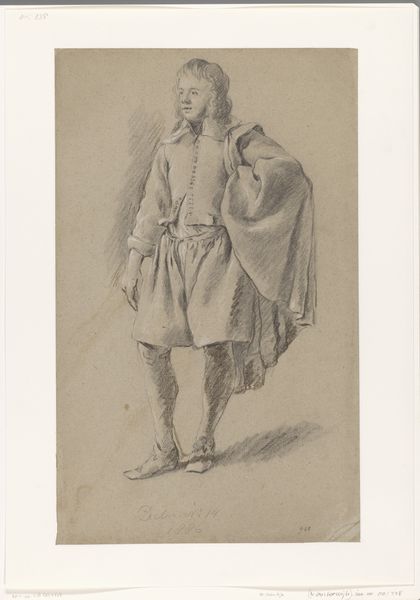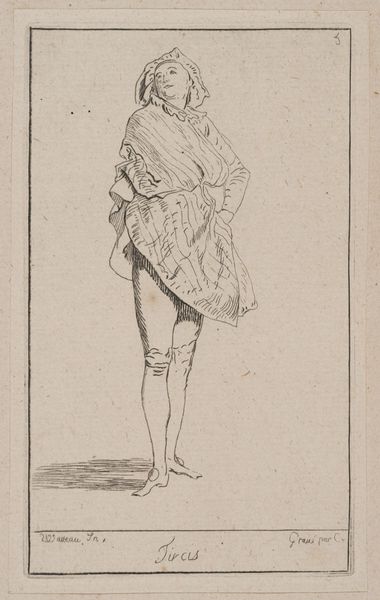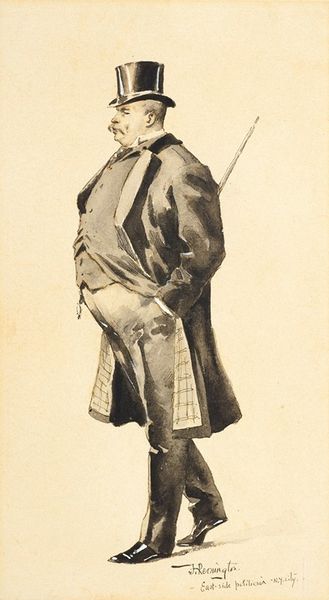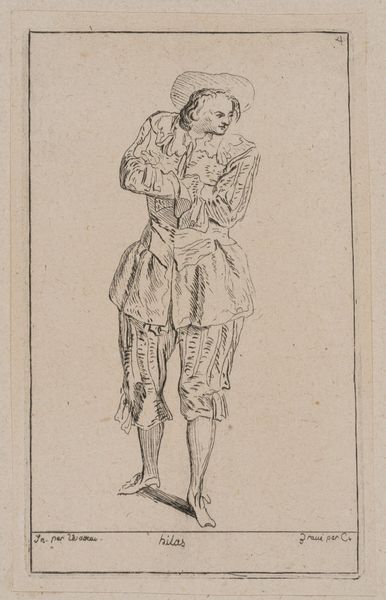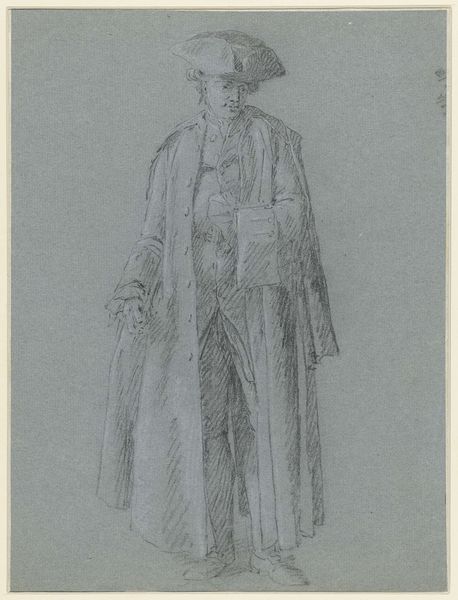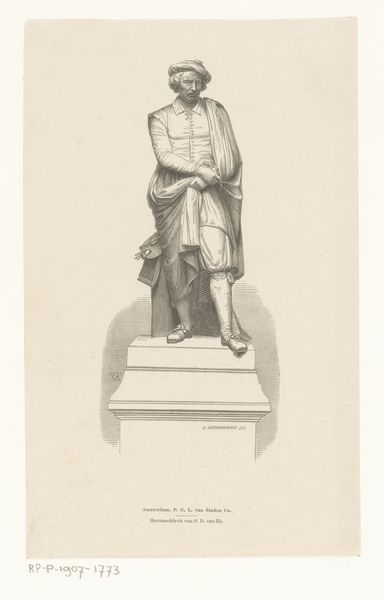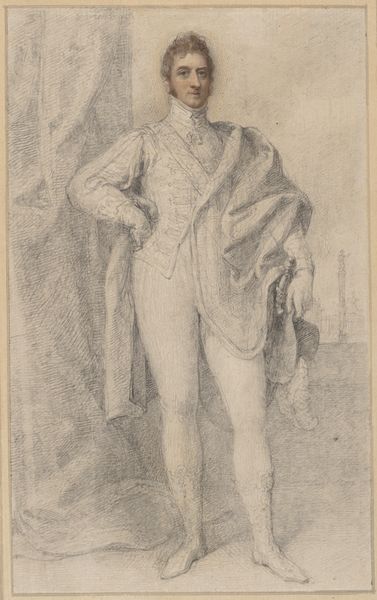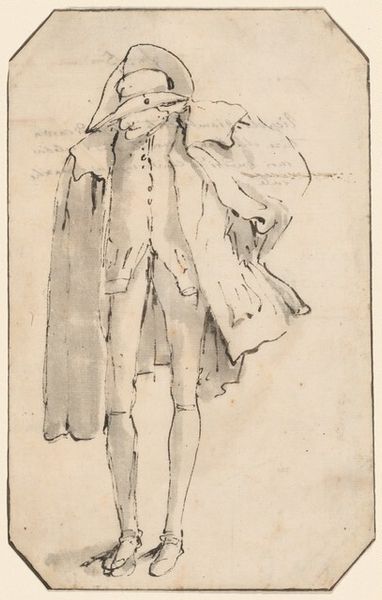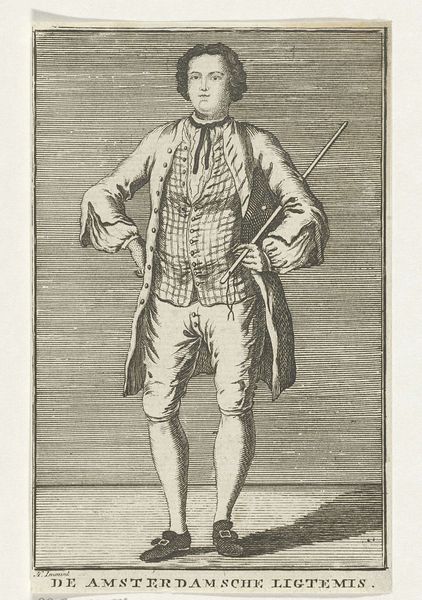
print, engraving
#
portrait
#
baroque
# print
#
portrait drawing
#
engraving
Dimensions: width 333 mm, height 514 mm
Copyright: Rijks Museum: Open Domain
Pieter van Gunst made this portrait of Arthur Goodwin using engraving techniques. The image is crafted by meticulously incising lines into a metal plate, which then holds ink to produce the print. Engraving, unlike painting, lends itself to reproduction, and this is key to its social function. Prints like these democratized images, making them accessible beyond the aristocratic circles who could afford painted portraits. The fine lines and tonal variations achieved through careful handwork speak to a skilled labor process. Yet, prints could be circulated widely, acting almost like a proto-photograph. Consider the labor involved: the engraver's skilled hand, the press operator, and the distribution networks. These processes are essential to understanding the image not just as art, but as a commodity within an emerging visual culture. So, next time you look at a print, think about the many hands that brought it into being, and the complex relationship between art, labor, and social circulation.
Comments
No comments
Be the first to comment and join the conversation on the ultimate creative platform.
